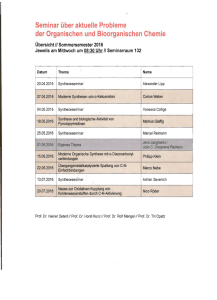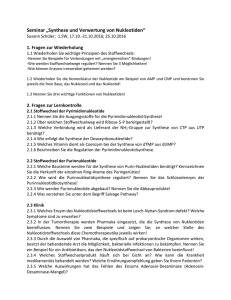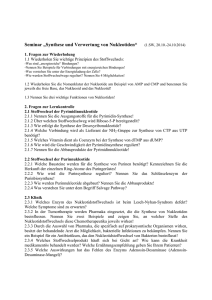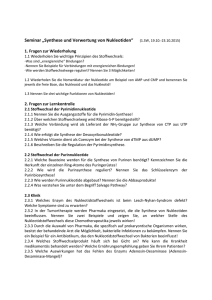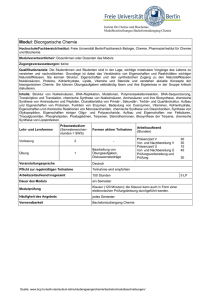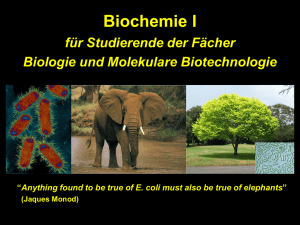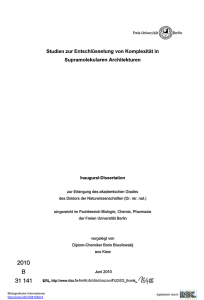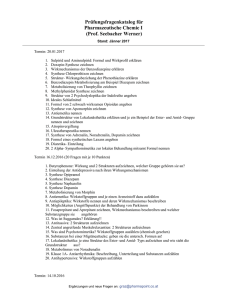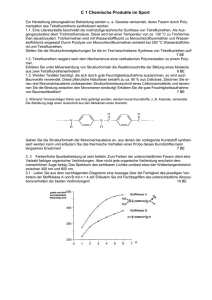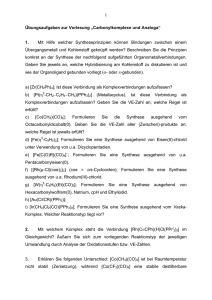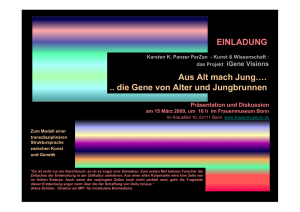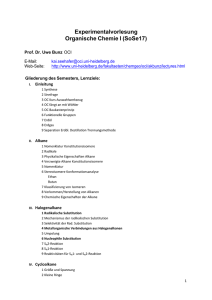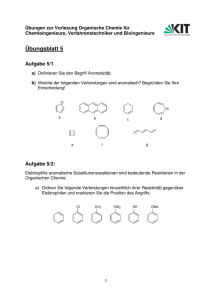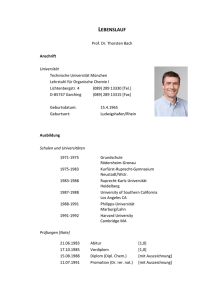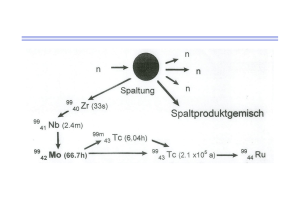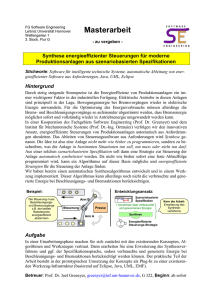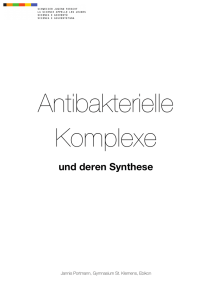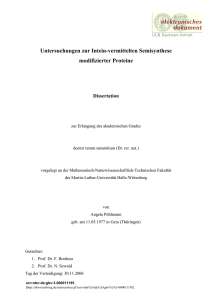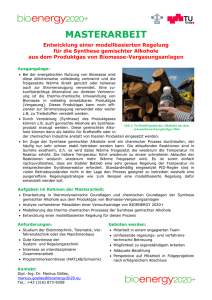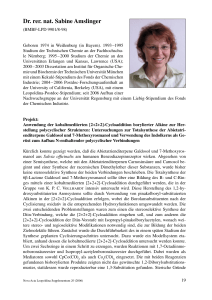Anorganische Strukturen und Reaktionsmechanismen
Werbung
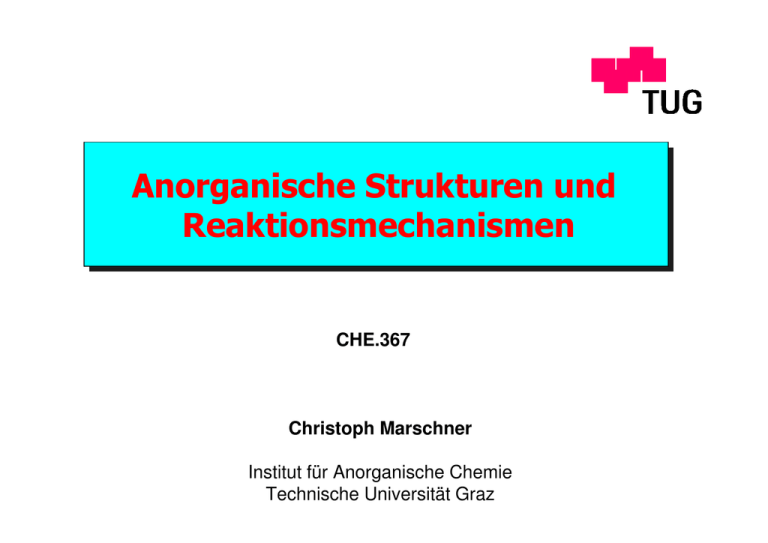
Anorganische Strukturen und Reaktionsmechanismen CHE.367 Christoph Marschner Institut für Anorganische Chemie Technische Universität Graz Übersicht • Kovalente C-Liganden Alkly Aryl und Vinyl Alkinyl Cyanide Carbine Allyl, Benzyl, Trimethylenmethan Cylopentadienyl und Verwandte • Hydride Übersicht • Kovalente Heteroatom-Liganden Amide Nitrosyl Polydentate N-Donors β-Diketimidinate Alkoxide Boryl Phosphide Silyl Halogenid Hydrocarbyle Alkylkomplexe Transmetallierung Alkylierung/Oxidative Addition Alkylkomplexe Weiter Methoden Alkylkomplexe Reaktivität Arylkomplexe Transmetallierung Oxidative Addition Arylkomplexe: Reaktivität Vinylkomplexe Alkinylkomplexe Enolatkomplexe Early metals Enolatkomplexe: Synthese Cyanidkomplexe: Synthese Allylkomplexe Allylkomplexe: Dynamik Allylkomplexe: Synthese Allylkomplexe: Synthese Benzykomplexe: Synthese Trimetlylenmethan (TMM) Komplexe Cyclopentadienyl (Cp) Komplexe Thermodynamik Synthese Cp-Typen Cyclopentadienyl (Cp) Komplexe Ansa-Komplexe Cp-Komplexarten Cyclopentadienyl (Cp) Komplexe Hydride Terminale Verbrückende Hydride: Synthese mit H2 Hydride: Synthese Protonierung Hydride Hydride: Acidität Vgl: pKa von HCl in MeCN: 8-9 Amide Late Metal-Amides Amide der späten Metalle: Reaktivität Amide der frühen Metalle Synthese Reaktivität Nitrosylkomplexe Linear vs. gewinkelt Die Änderung des Koordinationsmodus von gewinkelt auf linear geht mit einer Oxidation des Metalls einher! Nitrosylkomplexe Synthese Reaktivität Mehrzähnige N-Liganden Polypyrozolylliganden sind isoelektrisch zu Cp β-Ketimidinate donieren 2, 4 oder 6 e- Vitamin B12 Alkoxidkomplexe Orbitalanalogie zwischen Cp und RO Liganden Wechselwirkung zwischen den Lone-Pairs des Alkoxids und den d-Orbitalen des Metalls Alkoxidkomplexe: Synthese Alkoxidkomplexe: Reaktivität Borylkomplexe Synthese Phosphidkomplexe Planar vs. gewinkelt Bergman, Toste Silylkomplexe Elektronische Eigenschaften Synthese Silylkomplexe Synthese Halogenide H-Brückenbindung
